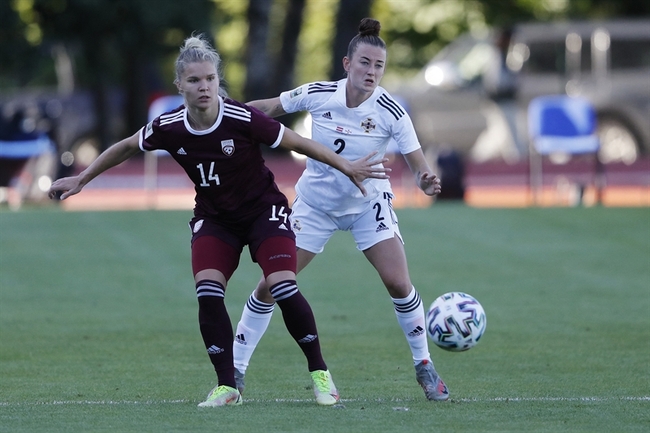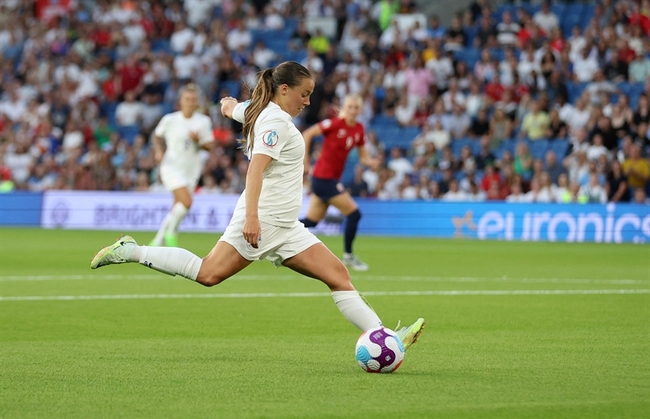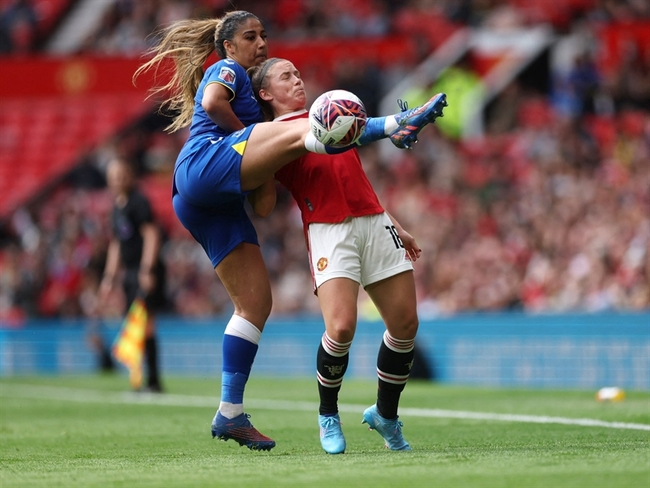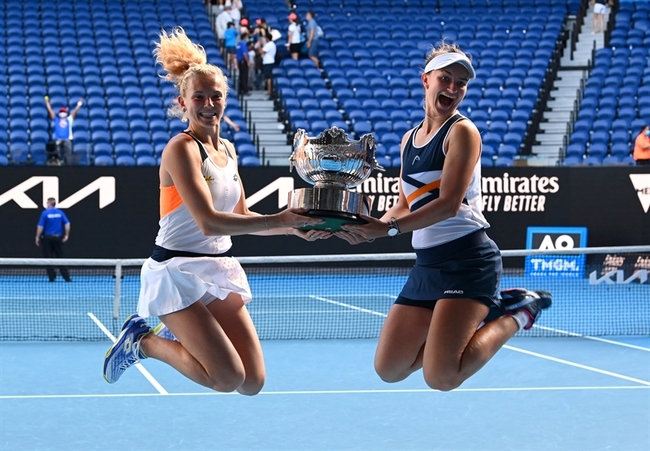47% of ACLR patients who can SLS still have strength deficits
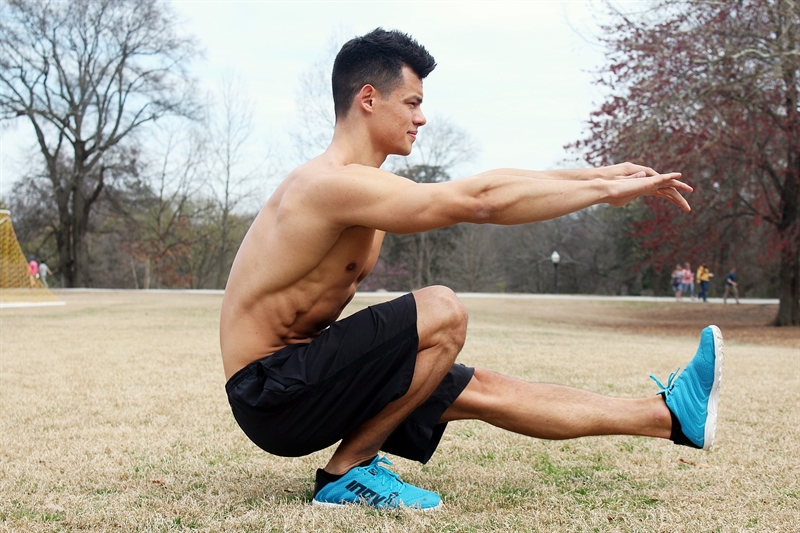
The high rate of reinjury after anterior cruciate ligament repair (ACLR) makes it essential that clinicians accurately assess an athlete’s readiness to return to sport (RTS). Many factors play a role in RTS decision making, not the least of which is knee extensor strength. Regaining quadriceps strength is one of the most challenging aspects of ACLR rehab. Yet knee extensor strength plays a significant role in functional stability when returning to sport(1).
One way to gauge RTS readiness is by comparing the strength of the uninjured leg to that of the operated leg. Near symmetry is predicted to have better outcomes and less risk of reinjury. Therefore, the strength of the post-ACLR leg is often expressed as a percentage of the strength of the non-operative leg. This scale is called the limb symmetry index (LSI). The gold-standard for testing extensor strength is by measuring peak torque with an isokinetic dynamometer.
Dynamometric testing requires costly special equipment and takes a significant amount of time from already limited rehab visits. Clinics may choose not to invest in such specialized equipment. Others may have it but use it so infrequently that clinicians don’t know how to utilize it properly. Therefore, researchers from La Trobe University wondered what sort of clinical test might correlate with absolute measures of strength(1). They selected the single-leg squat (SLS) as a possible indicator of strength since it is already one of the typical tests done to determine readiness to return to play.
The investigators hypothesized that the maximum knee flexion angle achieved on the SLS would correlate with the knee extensor strength on the operated leg. To test this, they enrolled 100 patients from a private clinic in Australia, all of whom received an ACLR using a hamstring tendon autograft. Just over half of the participants were male, with an average age of 26.6 years.
All patients received the same rehabilitation protocol and instruction. Some had more supervised rehab visits than others based on their insurance coverage and individual factors. However, the researchers expected the full course of rehabilitation to last for 52 weeks from the date of ACLR.
At six and 12 months post-ACL, all subjects performed tests of maximal knee extension strength in both legs using a dynamometer set at 60 deg/s. Participants also executed an SLS on both legs squatting as deeply as possible while maintaining their balance on one leg. Using video analysis, the sports scientists measured the maximum knee flexion angle of the squatting leg.
Results
As expected, at 12 months post-ACLR, the mean maximum flexion angle improved on the ACLR leg by 2º. However, when the researchers drilled down into the individual data at 12 months, they found that the knee flexion angle improved over the six-month measurement in only 64% of the participants. It decreased in 36% of the subjects.For RTS, the researchers considered an LSI of <90% as a strength deficit. In other words, a deficit meant that the operated limb demonstrated less than 90% of the strength of the unoperated leg. While the absolute extensor strength improved significantly at 12 months post-ACLR when compared to the six-month measurement, an LSI <90% was still present in 57% of the subjects after 12 months of rehabilitation.
When comparing the two measures, researchers found that while 49% of the subjects demonstrated good limb symmetry in the SLS at six months post-ACLR, these same subjects were weak in dynamometric testing. At 12 months, nearly half of the participants (47%), though solid in their SLS performance, continued to demonstrate weakness in dynamometric testing.
This study demonstrated that even with a typical ACLR rehab course, strength deficits persist in the knee extensor muscles. More concerning is that functional tests, like the SLS, may give the impression of a full return to strength. In contrast, isolated strength tests show that the quadriceps still lag behind the strength of the unoperated leg, even one year after the ACLR. Therefore, clinicians cannot make conclusions about knee extensor strength based solely on the SLS. This reliance on a battery of clinical tests rather than actual measures of strength could account for the high incidence of repeated ACL tears. With an LSI<90% after 12 months, athletes may not have the strength to protect the knee despite developing compensatory strategies to perform hops, squats, and jumps well.
References
- Am J Sports Med. 2019;47(14):3423-28
You need to be logged in to continue reading.
Please register for limited access or take a 30-day risk-free trial of Sports Injury Bulletin to experience the full benefits of a subscription. TAKE A RISK-FREE TRIAL
TAKE A RISK-FREE TRIAL
Newsletter Sign Up
Subscriber Testimonials
Dr. Alexandra Fandetti-Robin, Back & Body Chiropractic
Elspeth Cowell MSCh DpodM SRCh HCPC reg
William Hunter, Nuffield Health
Newsletter Sign Up
Coaches Testimonials
Dr. Alexandra Fandetti-Robin, Back & Body Chiropractic
Elspeth Cowell MSCh DpodM SRCh HCPC reg
William Hunter, Nuffield Health
Be at the leading edge of sports injury management
Our international team of qualified experts (see above) spend hours poring over scores of technical journals and medical papers that even the most interested professionals don't have time to read.
For 17 years, we've helped hard-working physiotherapists and sports professionals like you, overwhelmed by the vast amount of new research, bring science to their treatment. Sports Injury Bulletin is the ideal resource for practitioners too busy to cull through all the monthly journals to find meaningful and applicable studies.
*includes 3 coaching manuals
Get Inspired
All the latest techniques and approaches
Sports Injury Bulletin brings together a worldwide panel of experts – including physiotherapists, doctors, researchers and sports scientists. Together we deliver everything you need to help your clients avoid – or recover as quickly as possible from – injuries.
We strip away the scientific jargon and deliver you easy-to-follow training exercises, nutrition tips, psychological strategies and recovery programmes and exercises in plain English.



